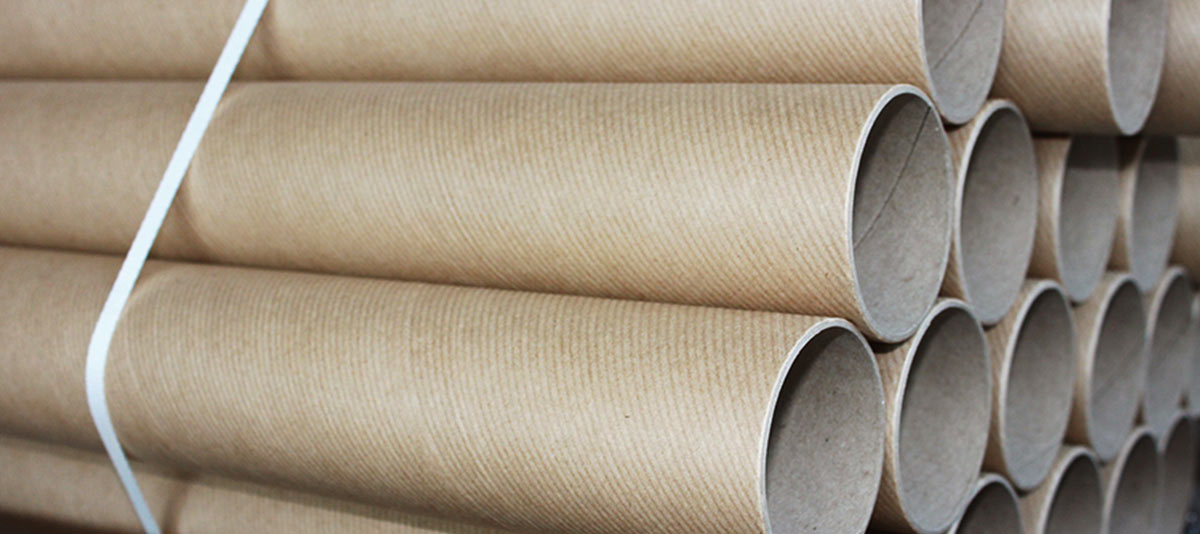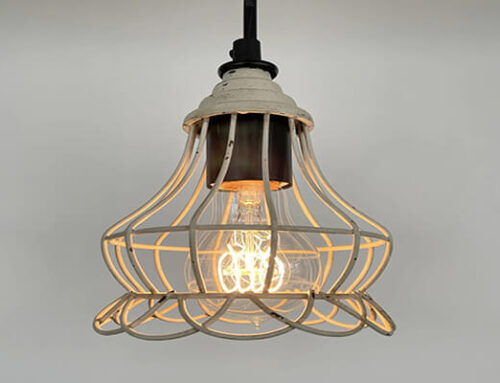Cardboard tube – Packaging It is an inevitable part of doing business. Packaging materials can have a huge impact on a business—it can make or break a business. Today, sustainable packaging is widely used as businesses choose to use eco-friendly packaging. Businesses are making this major shift because millennials want to be more socially and environmentally friendly. They don’t want to contribute to the ever-increasing amount of toxic packaging waste, so they prefer to buy from brands that sell and package eco-friendly goods. This means that when you use eco-friendly packaging, in addition to helping to protect the environment, you’re also boosting your business and building brand awareness.
The term “environmental protection” is more than just a buzzword. It went from being considered an option to now a necessity. So think about what you learned in school – reduce, reuse and recycle. And try to implement it in your business. This will go a long way toward achieving brand loyalty among eco-conscious consumers.
One of the most commonly used packaging materials is cardboard tubes. They are versatile and can be used in a variety of products. But if you’re someone who cares about the environment, no doubt you’re concerned about its nature. Are they really environmentally friendly? This article will explain.
1. How can we say that cardboard tubes are environmentally friendly?
Cardboard tube packaging is one of the most popular low-cost and environmentally friendly packaging options for most industries. We say so for good reason. Consider the following reasons:-
1) Cardboard comes from renewable resources
The environmental benefits of cardboard tubes can be seen in their origin. It is derived from wood pulp that is processed into kraft paper or recycled cardboard material. Both are renewable resources. Unlike other alternatives such as plastics from non-renewable resources, they do not harm the environment.
2) Cardboard tube Reduce Your Carbon Footprint
When we consider plastic packaging, cardboard packaging is very environmentally friendly as it reduces your carbon footprint. Plastic is mostly made from fossil fuels, and the extraction process of oil adds to the carbon footprint. Additionally, plastic production accounts for nearly 3.8% of total global greenhouse gas emissions. On the other hand, the production of cardboard post boxes accounts for only 1% of global greenhouse gas emissions. For example, producing just 1 kg of plastic has a carbon footprint of 6 kg, which is almost 12 times higher than that of cardboard or paper tubes. Unlike plastic, paper tubes are fully recyclable at higher rates. After recycling, they can be used as raw material for the production of new cardboard tube and other cardboard products. This in turn reduces the carbon footprint, since the manufacture of recycled paper tubes requires low energy.
2. The cardboard tube is lightweight
cardboard tubes are much lighter in weight than other packaging materials such as wood, plastic, and metal. So you can carry a lot of products in paper tubes with the same amount of fuel. This will again reduce your carbon footprint.
1) Recycling cardboard tubes is easy
Worldwide, paper and cardboard are recycled at a higher rate than plastic. Even when plastic is recycled, the recycling rate is very low. In the EU, only 40% of plastic is collected for recycling, and only PET and HDPE plastics are collected and recycled for the most part. And 31% are disposed of through other means such as incineration. In contrast, cardboard has a high recycling rate. In the European Union, the recycling rate for paper and cardboard exceeds 80%. An additional 7% is recovered by incineration. Because cardboard is highly recycled, they don’t end up on the seabed and landfills. Also, since paper tubes are toxin-free, they won’t have a negative impact on society. In the European Union, the recycling rate for paper and cardboard exceeds 80%. Another 7% is recovered by incineration. Therefore, the paper tubes do not end up in landfills and sea beds in large quantities.
2) Disposal and Waste Management
cardboard tubes are biodegradable and take less time to break down than plastic. It only takes 2-3 months to decompose in the soil. Therefore, cardboard tubes without additional lining and printing are completely safe for the environment.
3. How to reuse cardboard tubes?
An item can only be called environmentally friendly if it can be reused. Well, there are many ways to reuse cardboard tubes. Cardboard tube crafts are one of the best ways to do this. Let’s consider some ideas.
1) Wrapping paper
Storing wrapping paper is a challenge for many people. But you can easily do this by cutting the cardboard tube lengthwise and sliding the wrapper. It will hold the paper in place and prevent it from unraveling.
2) Gardening
You can use these tubes to seed your garden. Press down on some of the edges and do the same on all of the edges until a flat surface is formed. You can then fill the tubes with potting mix and plant your seeds. Once they’re big enough, you can pipe them in the garden. You can grow multiple plants in one large cardboard tube.
4. Are cardboard tubes environmentally friendly?
All the facts given above suggest that they are completely eco-friendly. But also remember that they are made in paper mills. These factories are among the largest industries responsible for the chemicals that pollute the air and water. They are the fifth largest energy consumers. Henceforth, although the elements are biodegradable, we cannot be sure that they are completely environmentally friendly. However, due to their ability to be recycled and reused, they have a lower ecological impact than alternatives.








Leave A Comment